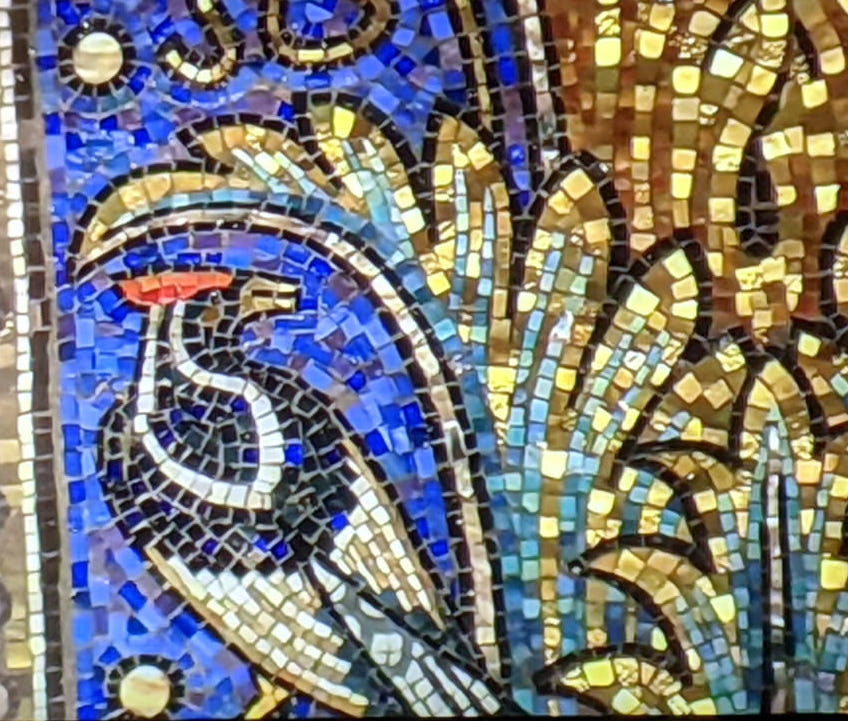-------------------------------------------------------
Place ARUs (autonomous recording units) in some northern forests (where there are NO IBWOs), Maine, Michigan, Washington state, or the like. Let them run for a month or two, then collect the recordings and use a computer program or AI to analyze the results looking for “kent”-like and double-knock-like sounds. Once isolated, these can be further spectrographically-analyzed for ones perhaps in the range of the IBWO (understanding that the true range isn’t really known precisely). Kents and double-knocks are waaay more generic than many acknowledge. Often just a small handful of examples of things that may sound like them are mentioned, when there may be dozens of similar sounds in deep woods (not to even mention, in the instance of southern forests, there may be IBWO searchers moving around making such sounds, which are then picked up by others — in the last dozen or so years, even in my NON-IBWO area, I have never gone into deep woods without at some point attempting a double-knock imitation on a tree out of sheer curiosity whether anything would respond to it).
All of this to say, we don’t have a base or control value for kents and DKs in deep woodland… we are clueless how many may appear regardless of any IBWO presence. And it gets worse, we have but a tiny (almost statistically meaningless) sample size of genuine “kents” from known IBWOs (in one locale and circumstance, at a point in time almost 80 years ago), recorded on large antiquated equipment which may enter variables or artifacts into the recordings that aren’t fully known -- the tiny sample size may not necessarily yield a true spectrographic analysis of what today's birds might sound like. And we have no past recorded IBWO DKs, though I’ll grant that those of other Campephilus species are probably good for comparison-sake. We are, to some scientific degree, operating blindly.
Long time readers here may recall that I essentially feel that auditory evidence sucks (okay, maybe I'm biased by all the junky recordings sent to me over the years)! -- not ALL of it, but enough of it that I don’t place much weight on it. It’s nice to have WHEN directly in conjunction with good sightings (or film clips), but otherwise it doesn’t mean much…. indeed if all the nice-sounding auditory recordings were real one might expect there to be many more good (or even fleeting) sightings by now, when in fact sightings are rare.
It’s bad enough that most film/photographic evidence is ambiguous at best; acoustic data is perhaps even more ambiguous (and not diagnostic) because of all we don’t know. Similarly, for decades searchers have tried to come up with diagnostic features of IBWO cavities and foraging work, only to have automatic cameras trained on such activity fail to produce a single clear IBWO, despite literally millions of photo frames. There are of course many cavities and tree-work that can be ruled OUT as coming from IBWOs, but nonetheless, ambiguity rules; we seem incompetent to actually pinpoint such necessary avian work.
Thus, we still need to find CURRENT, ACTIVE (daily used) roostholes, nestholes, foraging sites… all the other evidence turns to mush without those. I've lost track now of how many years we've been told the definitive evidence was just around the corner... when in fact the only thing around the corner, was.... another corner... on and on.
With all that said, my basic view remains that Ivorybills likely exist in at least 3 states (Louisiana, Florida, Arkansas, Mississippi, being the top contenders, but at least a half-dozen other states are possible!), perhaps spending most of their lives in the upper canopies (far from people and cameras), yet so too remains my pessimism that human intervention can do much long-term good -- still, stranger things, and remarkable successes, have at times happened….



